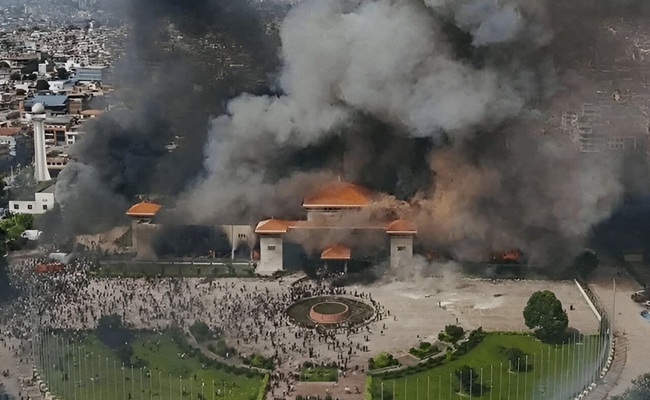China’s power in South Asia is facing serious challenges as violent revolts and public uprisings shake its key allies. In the last four years, Sri Lanka, Bangladesh, and now Nepal have seen major political unrest that questions not only their leadership but also China’s growing role in the region.
The latest turmoil in Nepal has brought thousands of people onto the streets, demanding change from leaders accused of corruption and poor governance. The protests mirror earlier crises in Sri Lanka, where an economic collapse in 2022 forced President Gotabaya Rajapaksa to step down, and in Bangladesh, where opposition groups rose against the government.
For China, these crises are troubling. Beijing has invested billions in South Asia through the Belt and Road Initiative (BRI), especially in infrastructure projects. But as public anger grows in these countries, China’s influence appears to be weakening.
Experts say these revolts also reflect a rejection of authoritarian governance models. Many of China’s allies rely on strongman politics, but people in these countries are now pushing for democracy and accountability. This shift makes it harder for Beijing to maintain its strategy of influence through economic aid and political backing.
The unrest also has wider implications. China has long tried to balance against rivals like India and the United States in South Asia. But with allies in crisis, Beijing risks losing ground in the region.
As Nepal, Sri Lanka, and Bangladesh continue to face uncertainty, the future of China’s role in South Asia remains unclear. Whether these nations will find stability or fall into deeper chaos is still to be seen, but one thing is certain—China’s grip on the region is slipping.



